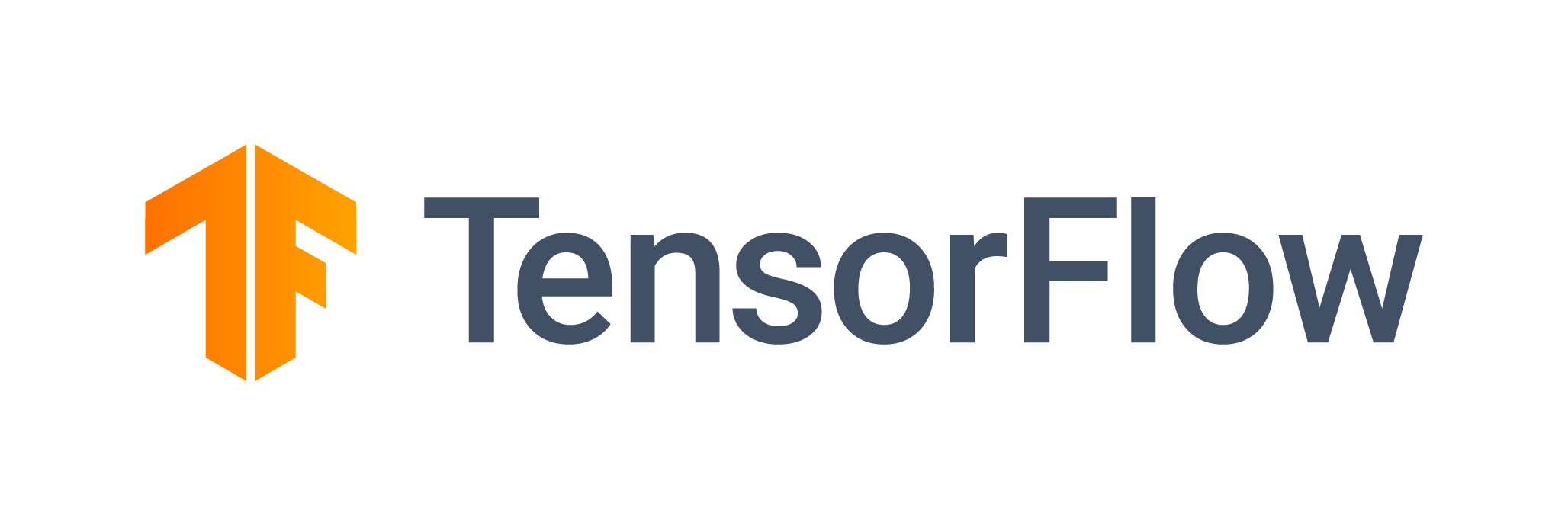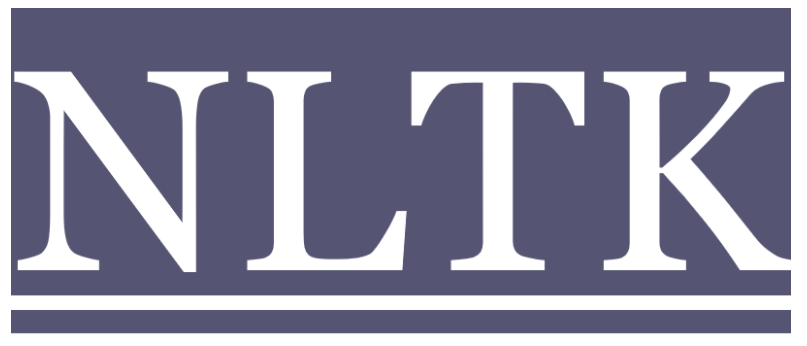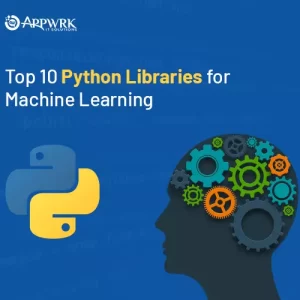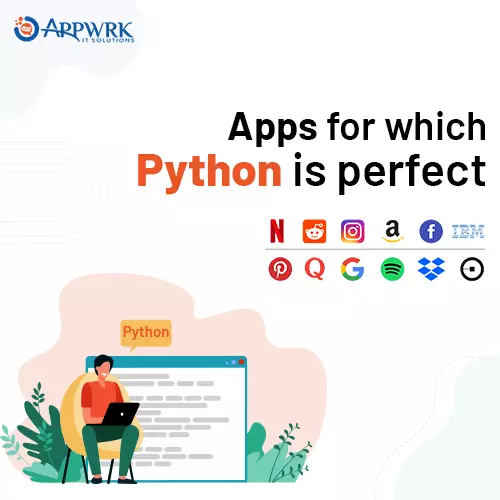Top 10 Python Libraries for Machine Learning
Python is currently the leading programming language for Machine Learning. Whilst, Python libraries are considered the most widely used language for ML algorithm implementations. Having in-depth knowledge about Python can greatly help you master Machine Learning and Data Science. One best way to learn more about this programming language is to know the different Python libraries used for Machine Learning. Below is the overview of the top 10 Python libraries for Machine Learning, together with their pros and cons.
10 Most Popular Python Libraries for Machine Learning: Overview, Pros and Cons

1. Matplotlib
Matplotlib is a cross-platform plotting and data visualization library for the Python programming language. It facilitates graphical plotting and data visualization, which are an essential part of the machine learning workflow. It is used for generating high-quality image plots, figures, and graphics in different formats while ensuring speedy processing. Matplotlib can also be used for Python’s numerical mathematics extension called NumPy. This plotting library will allow you to generate scatter plots, time series, histograms, error charts, box plots, step plots, fill between charts, and bar charts with merely a few code lines, to name a few.

If you need to embed plots and graphs into an app, Matplotlib can provide you with object-oriented APIs using standard GUI kits such as Qt, wxPython, GTK+, and Tkinter. Matplotlib is also used for the creation of various types of Python scripts, GUI manuals, and web app application servers. Matplotlib helps extend the functionality and features of the Python programming language by adding robust visualization toolkits and add-ons into it like GTK tools, Basemap, Natgrid, Cartopy, Mplot4d, and Cartopy. This Python library also provides an outstanding user-friendly and MATLAB-like interface.
Pros:
- It facilitates the production of powerful, accurate, and configurable plots.
- It is leveraged with a structure that can be able to support Python and IPython shells.
- It can be streamlined with the Jupyter Notebook with ease.
- It is the most popular library for data visualization.
- It supports toolkits for graphical user interfaces like Tkinter, Qt, and wxPython.
Cons:
- Learning it can be quite challenging due to the great amount of required applications and knowledge you need to know about.
- It depends greatly on libraries like NumPy for the SciPy stack.
- While it is great for data visualization, it can’t support data analysis.
- It provides two different frameworks (MATLAB and object-oriented) which can be confusing for Python developers.
2. NumPy

If you will be using the Python programming language (regardless of whether it is for basic data analysis or machine learning), one of the most important libraries that you need to have is NumPy. Python was not primarily developed as a numerical computing tool. With the development of NumPy, however, the abilities of Python were expanded. The integration of the NumPy machine learning library makes handling data, numbers, and mathematical functions possible.
NumPy is widely used for fundamental scientific computations in Machine Learning. Its fundamental scientific computation capabilities can solve problems related to random numbers, linear algebra, transformations, and other computations for scientific and research applications. This machine learning library is also used in creating containers of generic data which can easily be manipulated.
Pros:
- It makes dealing with multi-dimensional data easier.
- It can help improve the Machine Learning model’s performance.
- It produces a dynamic data structure that allows improved performance and garbage collection management.
- It facilitates data and operations matrix manipulation.
Cons:
- It depends largely on non-Pythonic entities and employs the functionalities of libraries that use C/C++ like Cython.
- It offers high productivity but it can be a bit costly.
- Translating Python-equivalent entities to NumPy entities can cost a lot because the data types are not Python-native.
3. Pandas

Pandas is one of the most popular Python libraries for machine learning. It is best known for data analysis. This Python software library is built as an extension of NumPy. Pandas is an easy and quick to use library that utilizes descriptive and handy data structures in developing programs for implementing functions. It is primarily used for data analysis and manipulation for Python. With Pandas, dealing with structured multidimensional and time series data becomes easier and effortless. It is specifically built for the preparation and extraction of data. It also provides writing and reading capabilities through different sources including HDFS and Excel. Pandas is more commonly implemented in industries like social sciences, engineering, finance, statistics, and other areas related to education and business.
Pros:
- It allows data alignment and easy handling of mission data.
- It allows column insertion and removal in data structures.
- It allows flexible data handling and makes structuring, reshaping, and filtering large data sets easier for Python web development service companies.
- It provides compliant, descriptive, and quick data structures.
- It supports various operations such as iterating, grouping, re-indexing, integrating, and representing data.
- It can be used alongside other libraries like Matplotlib and Numpy.
- It allows time series functionality like generating date ranges and frequency conversion.
- It has inherent data manipulation functionalities that developers can use and impl
ement with minimal commands.
Cons:
- It is built on NumPy and it complements Matplotlib. Because of this, the Python development firm or programmer needs to have in-depth knowledge about these libraries in order to identify the most suitable library for specific business problems. This means that it can be difficult to use especially for inexperienced programmers.
- It may not be the best option for quantitative and statistical modeling. SciPy and NumPy are more suitable for dealing with quantitative modeling and n-dimensional arrays.
4. Scikit-learn

Scikit-learn is an open-source library that was initially built as a third-party SciPy library extension. Today, it is known as a standalone Python library and is now popularly used for Machine Learning algorithms implementation. Scikit-learn library has also become a key part of the technology stacks of big brands including Spotify, OkCupid, and Booking.com. Scikit-learn library is known to provide an easy yet powerful structure that allows Machine Learning models to learn, transform and predict using data. It offers functionalities that are beneficial for classifying, clustering, and regressing models. Moreover, the Scikit-learn library provides a broad spectrum of applications that are useful for model assessment, preprocessing and statistical analysis.
Pros:
- It provides a go-to package that includes all the methods needed for implementing the Machine Learning standard algorithms.
- It is perfect for designing pipelines that can help create a fast prototype.
- It is designed with a consistent and simple interface.
- It is the most reliable option for deploying Machine Learning models.
- It is open-source, can be used commercially, and is readily accessible.
Cons:
- It is highly dependent on the SciPy stack.
- It can’t be used for employing categorical data to algorithms.
5. SciPy

SciPy is regarded as one of the most important libraries for Python. This popular Python library is known for its various modules for linear algebra, numerical interpolation, statistics, optimization, and integration. It allows users to carry out scientific computing. It can also be used for image manipulation. What makes SciPy a crucial library for Machine Learning is its ability to ensure high-quality and quick execution. Aside from that, this fast computing library is also easy to use. It is also a fundamental tool for effectuating scientific, engineering, and mathematical computations.
Pros:
- It has fast computational power which can greatly help hasten the development and integration of Machine Learning models.
- It is a perfect choice for image manipulation.
- It provides elemental processing attributes for mathematical operations.
- It enables signals processing.
- It is easy to use and understand.
- It facilitates effective integration for numerics.
Cons:
- It is often confused with the SciPy stack which is defined as an ecosystem of open-source software that is based on Python and is designed for science, engineering, and mathematics. SciPy library, on the other hand, is a sub-part and a core package of the SciPy stack.
6. TensorFlow

TensorFlow is yet another fundamental software library for Python. It is an open-source, end-to-end computational framework that supports a wide assortment of toolkits for creating Machine Learning models at different abstraction levels. TensorFlow was developed by the Google Brain team and was initially designed for the internal use of Google. It is now noted as a resourceful library for various business projects. It is considered one of the best libraries for developing both Deep Learning and Machine Learning models. TensorFlow utilizes data flow graphs. It is used for high-performance numerical computation. TensorFlow is also an excellent framework for building, training, and running deep neural networks that are beneficial for developing efficient AI applications.
Among the marquee brands that leverage TensorFlow are Uber, Airbus, Snapchat, Dropbox, and Airbnb.
Pros:
- It facilitates the implementation of reinforcement learning.
- It allows easy training and deploying of models both on the cloud and locally.
- It offers robust experimentation for research.
- It has a solid ecosystem of powerful resources and tools like TensorBoard for the community.
- It is compatible with Keras as well as with other programming languages like Ruby, JavaScript, C#, Swift, and C++.
- It uses a graphical approach to provide better data visualization.
- It allows instantaneous visualization of ML models with the help of a TensorFlow library tool called TensorBoard.
- It enables the deployment of TensorFlow-built models on multiple CPUs and GPUs with a single API.
Cons:
- CPUs and GPUs that use TensorFlow run significantly slower than those using other frameworks.
- It is not as simple as the other Python libraries.
- Its computational graphs are also slower when executed.
7. Natural Language Toolkit

Natural Language Toolkit or simply NLTK, is a Python machine learning library that is known as the best platform for working with natural language processing. Natural Language Toolkit is used by a Python web development company for developing Python programs that include working with human language data. NLTK is built on and written in the Python programming language. NLTK consists of a suite of programs and libraries for statistical and symbolic natural language processing. It also provides more than 50 lexical resources for language processing like Word2Vec, FrameNet, and WordNet. Aside from that, NLTK also offers a wide assortment of processing libraries and functionalities for tokenization, semantic reasoning, text classification, and parsing.
Pros:
- It is less costly compared to employing human resources.
- It is a full natural language processing library with a wide selection of third-party extensions.
- It is easy to implement.
- It allows for speedier customer support than human resources.
- It supports the largest number of programming languages among the Python libraries included in this list.
Cons:
- It may take more to train a model.
- It is not absolutely reliable.
- It can be slow.
- It does not provide neural network models.
- It is quite challenging to learn and use.
- It does not analyze a semantic structure. Instead, it just breaks texts into sentences.
8. Keras

Keras is an open-source Python library that is known to be beneficial for efficient and fast experimentation associated with deep neural networks. This neural network Python library was initially developed by Google for Open-Ended Neuro Electronic Intelligent Robot Operating System or ONEIROS. It is now a standalone library and is supported in the core library of TensorFlow which makes it available in addition to TensorFlow. Keras is extensively used for creating Machine Learning and Deep Learning models that assist engineers and developers in building applications like Yelp, Uber, Square, and Netflix. This Python-written library augments the neural network creation speed.
It employs an API that enables access to various ML frameworks. Keras is a user-friendly library that works on the model level. It is specifically engineered to significantly reduce difficulty in the development of applications that are based on Machine Learning. Moreover, Keras provides building blocks whereon complicated models can be created. It also offers a robust multi-backend that allows integration of models with a backend which helps improve the stability of the application. Keras shares akin functions to libraries like TensorFlow. It facilitates quick and easy prototyping and allows beginners and experienced professionals alike to design and develop a neural network with ease.
Pros:
- It is the most efficient Python library for prototyping.
- It is best used for research applications.
- It is a portable framework.
- It offers high-level abstractions and multi-backend support/
- It makes neural network representation easier.
- It allows more efficient modeling and visualization.
- It comes with an extensible and modular architecture that helps hasten development.
Cons:
- Before you can implement an operation, you will need to leverage a computational graph. This makes this Python library slow.
9. PyTorch

PyTorch is a Machine Learning library that supports Python and C++. It was developed by the AI research group of Facebook. PyTorch is one of the largest, most popular, and most widely used open-source ML libraries for Python. PyTorch features a substantial number of tools and libraries that support complex tasks like natural language processing, and computer vision. It allows the execution of the computations of tensors and facilitates the creation of effective computational graphs. PyTorch is primarily based on the Torch library. With its integration with Python, PyTorch is able to provide additional functionalities and features that are advantageous for ML and DL applications. This Python library for Machine Learning is employed in prominent labels like Walmart, Facebook, Uber, and Microsoft.
Pros:
- It allows the creation of an n-dimensional array.
- It can handle powerful graphs.
- It offers a faster speed of execution.
- It facilitates integration with different Python libraries and objects.
Cons:
- It does not have an extensive community, and it falls behind in terms of providing relevant content for queries.
- It has limited features for application debugging and visualizations.
10. Theano

Theano is an impressive Python library that allows easy and efficient assessment, defining, optimization, and evaluation of mathematical operations involving multi-dimensional arrays. This Python library for Machine Learning is mostly used for self-verification and unit-testing that allows detection and diagnosis of different errors. Theano was created by MILA or Montreal Institute for Learning Algorithms. It was designed for evaluating and manipulating different mathematical expressions. Though it is widely used in large-scale, computationally intensive projects, it can also be used in small-scale projects. Its user-friendly and simple interface allows less experienced users to use it for their small, less computationally intensive projects. Theano yields better results and up to 140x faster data-intensive computation performance when working on a GPU architecture than on a CPU.
Pros:
- It supports GPUs that allow the efficient execution of complicated computation tasks.
- It has an almost similar interface as NumPy.
- It can work on CPUs.
- It can automatically get rid of bugs and errors when working with exponential and logarithmic functions.
- It is built on and integrated with NumPy, making it easy to understand and implement
- It has a massive community of developers.
- It can handle multiple, simultaneous computations without sacrificing its stability and performance.
- It has the ability to identify unstable expressions. This offers optimized stability and ensures better system quality.
Cons:
- It provides many backend errors.
- It tends to be slower in the backend.
- It has a steep learning curve.
Endnote
Python is indeed an impressive programming language for deployment. It has truckloads of packages and libraries available, making it an all-rounder solution for developing algorithms and programs. We hope that this list of top 10 Python libraries, together with their pros and cons, can help you identify and pick the best library for your next development project. If you still have any doubts, you can hire a Python developer from APPWRK.
About The Author






 Free Quote
Free Quote
















































